Strange transition from beautiful mountains to almost bare hills.
Not used to being surrounded by mountains on just one side of the road.

Unknown hill with multiple colours.

Unknown lake.

Driving around hills.

Unknown hill with multiple colours.

Unknown lake.

Driving around hills.
We arrived too late that day and had to stay in Dillion for the night and do field work first thing the following day.
Hiking the Grays Peak Trail the following morning.

Start of the trail.
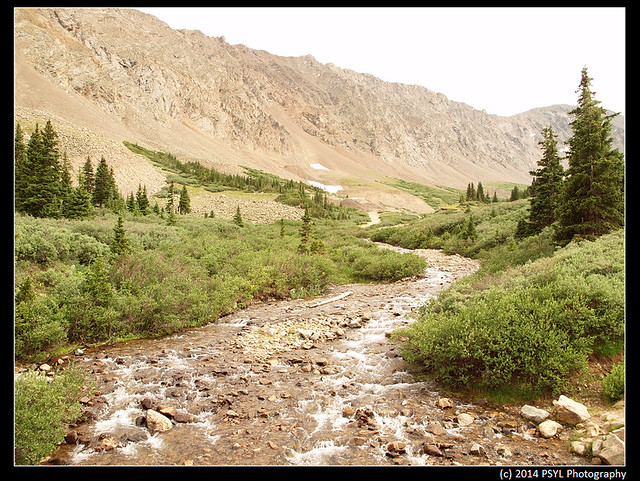
Creek running underneath the bridge.
Even though the trail was not difficult to hike on, hiking up to 14,000+ feet made it difficult for me to climb without gasping for air every few minutes. But all that was forgotten when I saw a Rocky Mountain goat (Oreamnos americanus) slowly walking towards me on the trail.
Getting closer and closer.
My labmate was walking in front of me and the goat didn't seem to mind him at all.
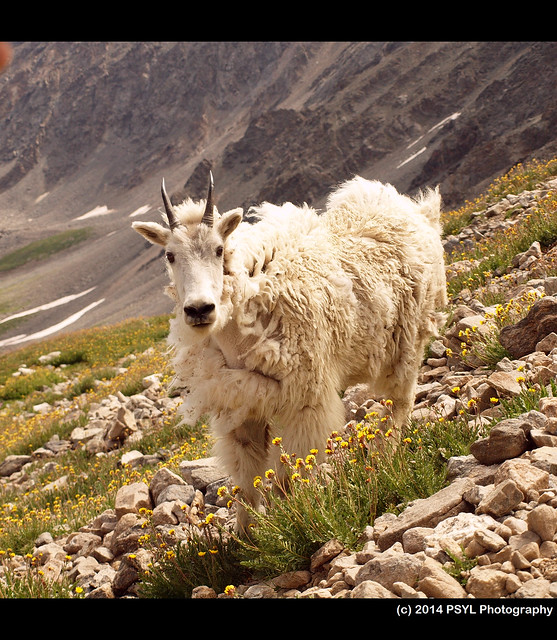
I only brought my kit lens with me as I was climbing the mountain, and so this goat was really close to me.
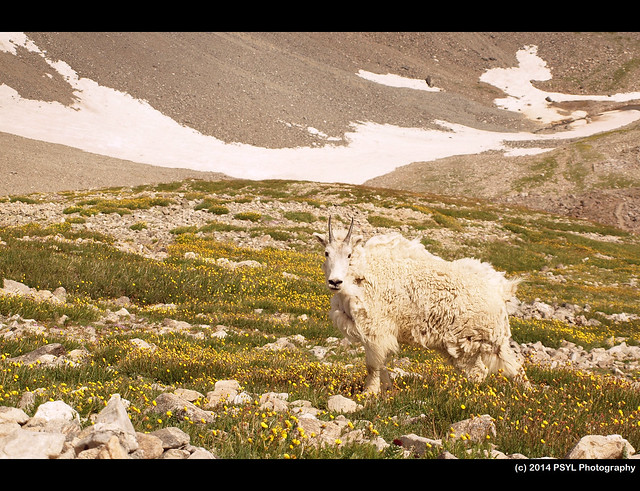
Posing for a photo.
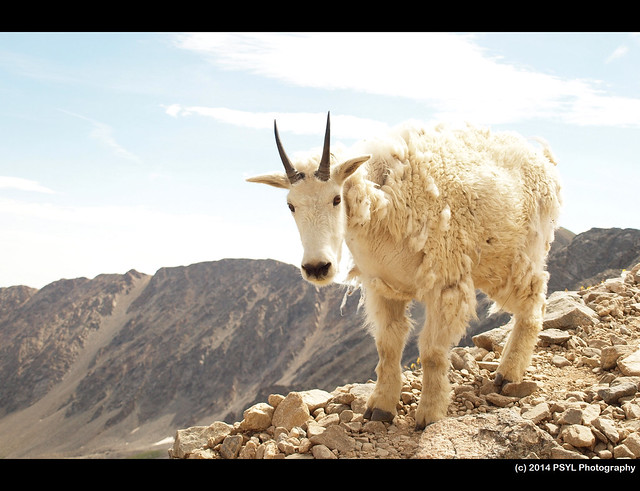
Then a second goat came up close to me as well.

Both goats munching away without a care for the people around them.
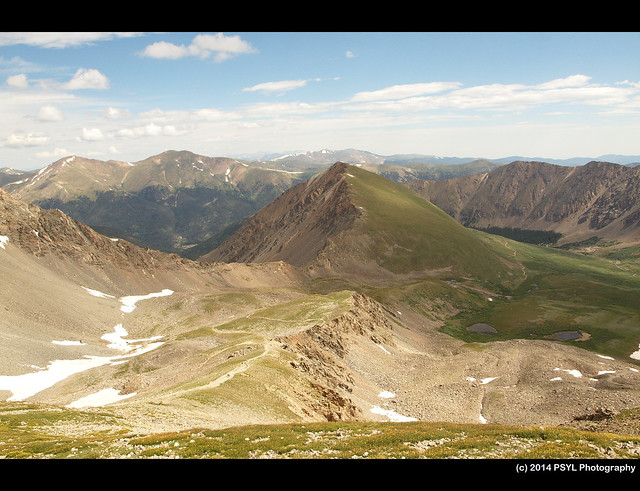
Looking back down.
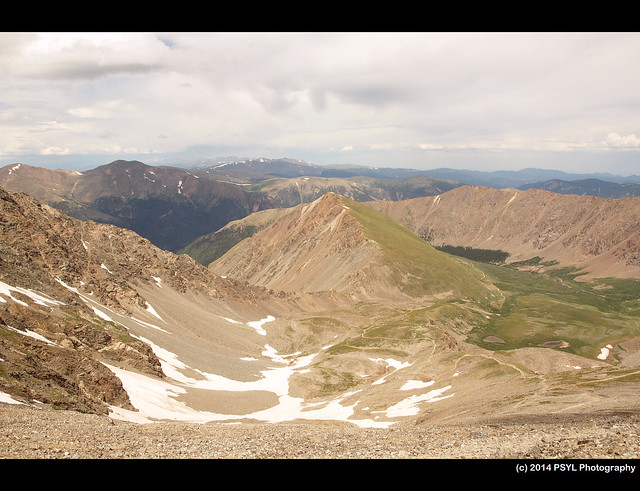

I only brought my kit lens with me as I was climbing the mountain, and so this goat was really close to me.

Posing for a photo.

Then a second goat came up close to me as well.

Both goats munching away without a care for the people around them.

Looking back down.

Mertensia perplexa
After finding where M. perplexa was, we hiked up the Grays Peak, which is 14,278 feet (or 4,352 m) according to Wikipedia.
The elevation and date were incorrect.

View from Grays Peak. See larger image here.
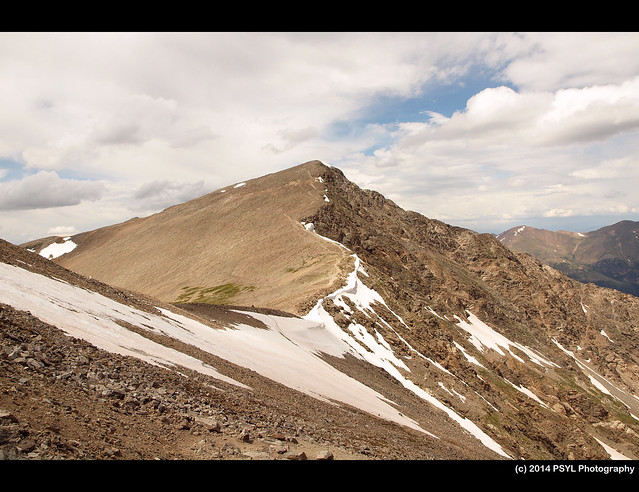
Next to Grays Peak is Torreys Peak (14,275 feet / 4,351 m), and we can get there by descending to the saddle below and then ascending to the peak.

View from Grays Peak. See larger image here.

Next to Grays Peak is Torreys Peak (14,275 feet / 4,351 m), and we can get there by descending to the saddle below and then ascending to the peak.
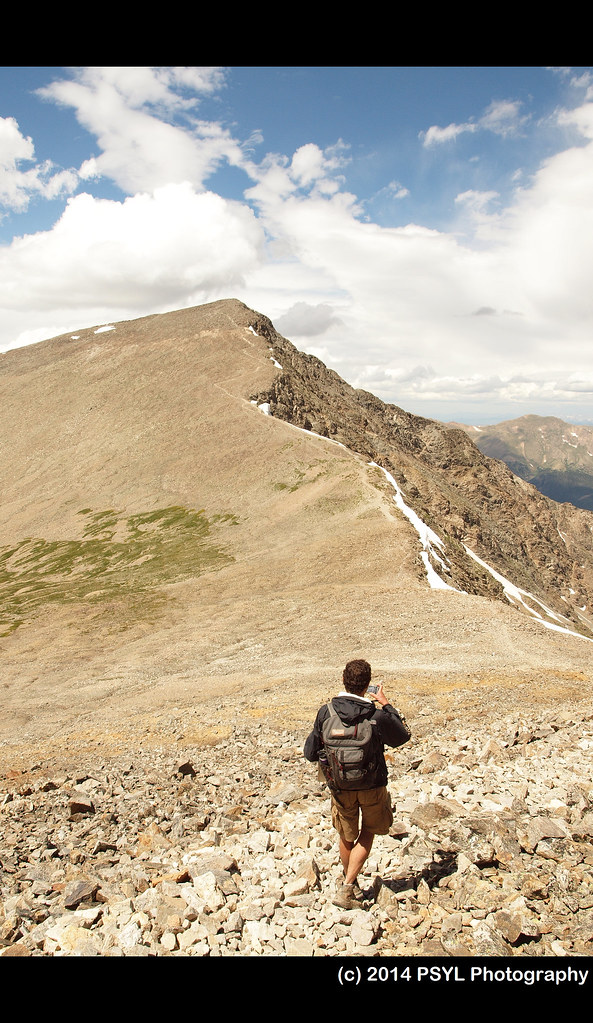
Hiking down and then up to Torreys Peak.
So beautiful.
As we were hiking to Torreys Peak, there was another goat on the trail.
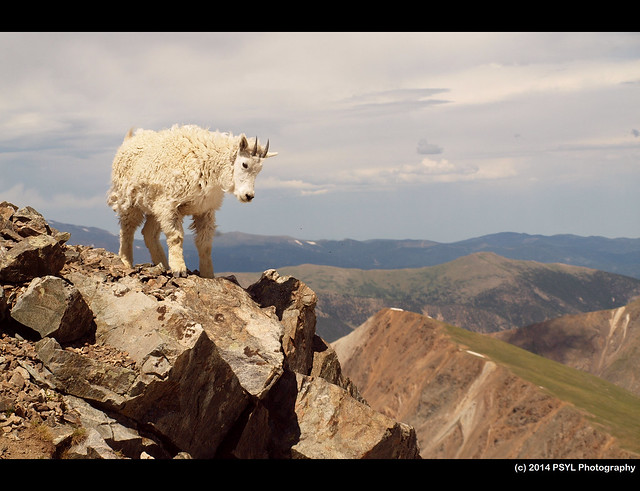
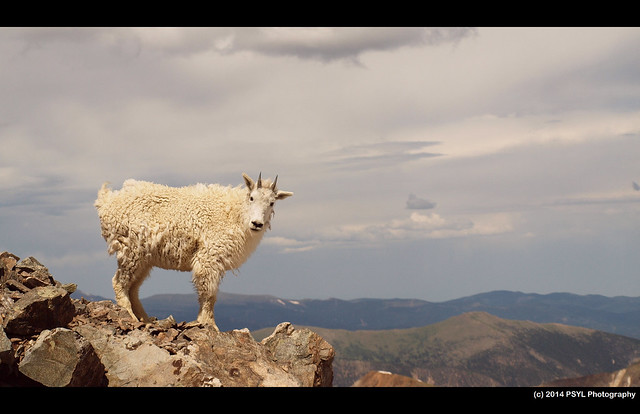
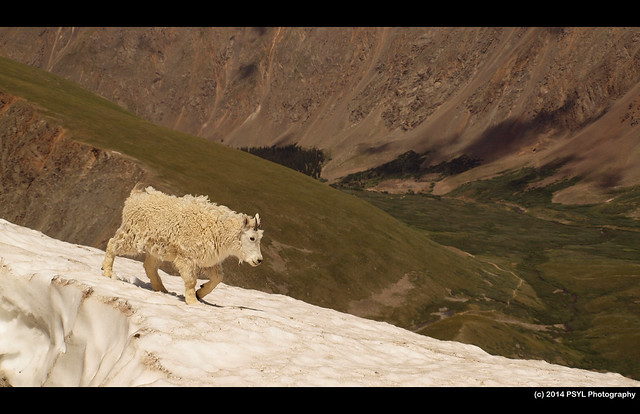
It's incredible to see animals doing what they do best, e.g., walking on snow at the side of a very tall and steep mountain.
Surprisingly, this is the only Yellow-bellied marmot (Marmota flaviventris) photo I took this summer, despite the fact that RMBL is well-known for its marmot research and I did see some from time to time.
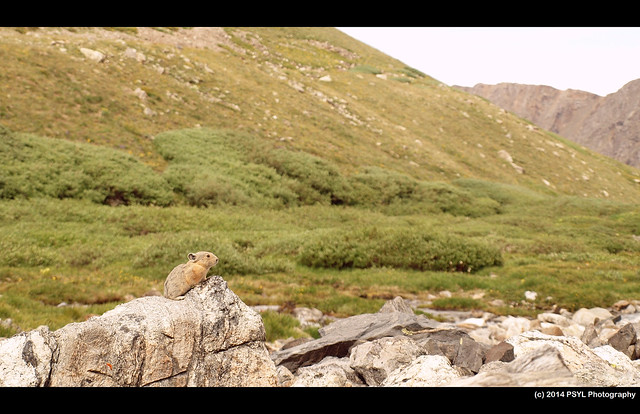
There were many American pikas (Ochotona princeps) squeaking at humans as we were hiking up the mountain. I really wished I brought my telephoto lens that day.

There were many American pikas (Ochotona princeps) squeaking at humans as we were hiking up the mountain. I really wished I brought my telephoto lens that day.
That night, we stayed in a motel in Longmont, Colorado, and then drove to Estes Park in the morning where M. longipedunculata is found.
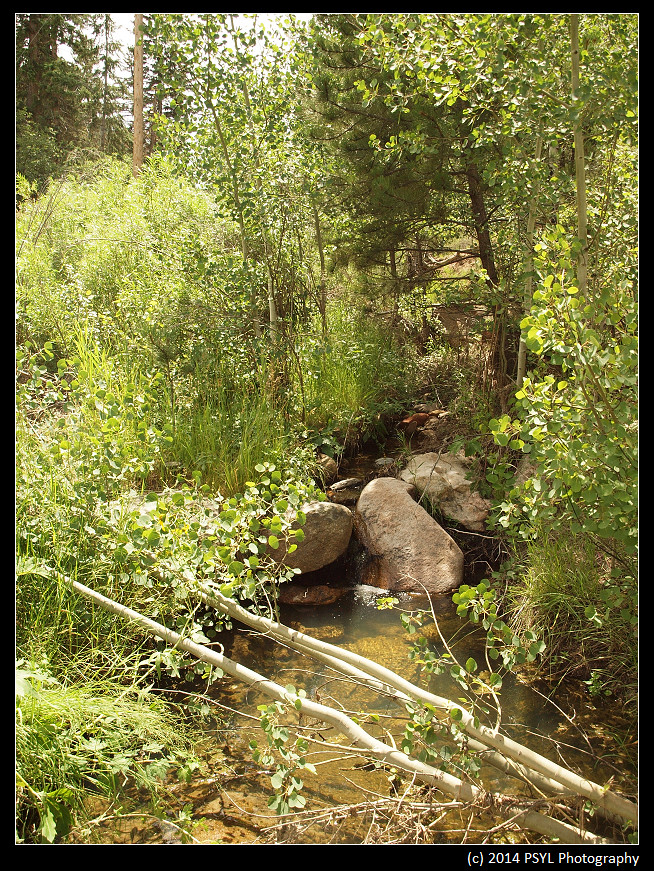
Unlike M. perplexa, this M. longipedunculata population is found next to a small roadside stream at lower elevation.
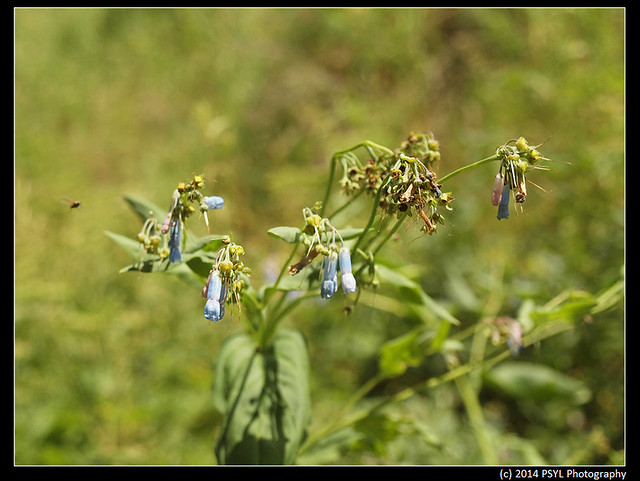
As you can see, the plants have long peduncles (stems supporting flowers), hence it's name.
After checking out the plants, we slowly drove back to Ottawa and stayed in North Platte (the third night) and Hammond (the fourth night) before arriving back in Ottawa just past midnight yesterday. What a journey!
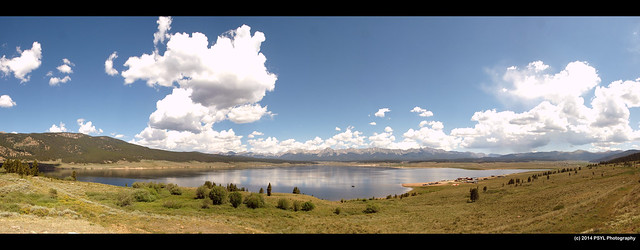

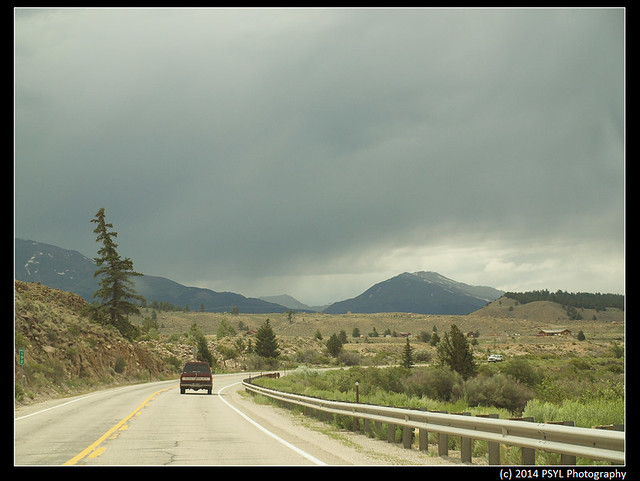
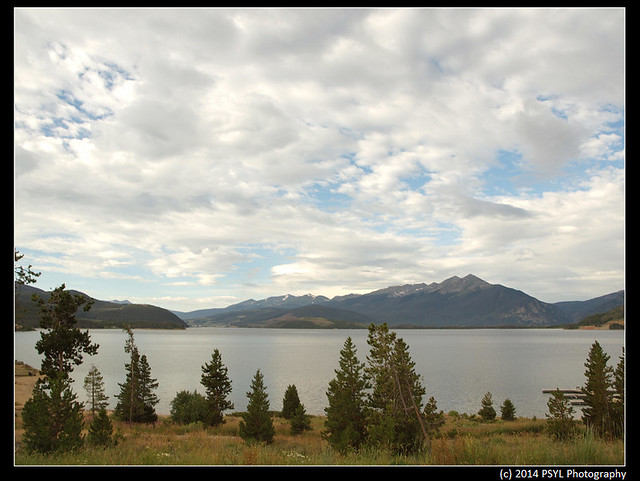
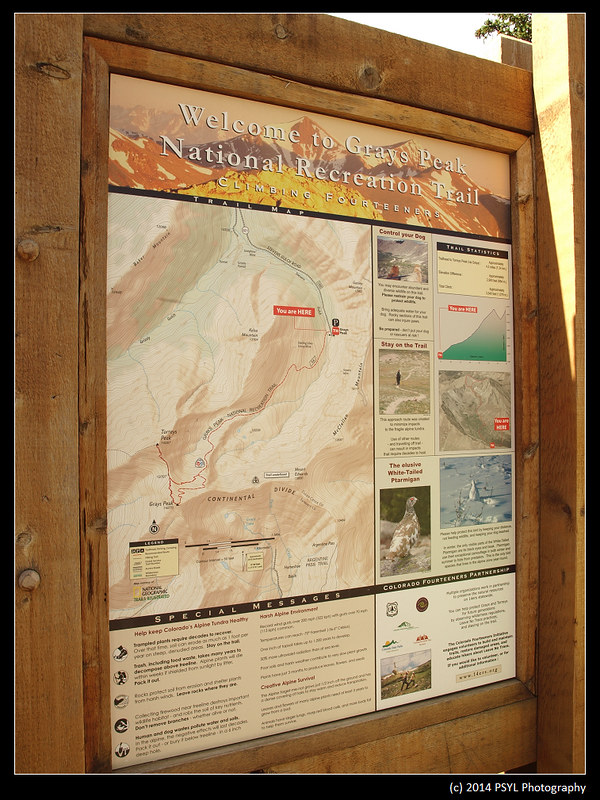
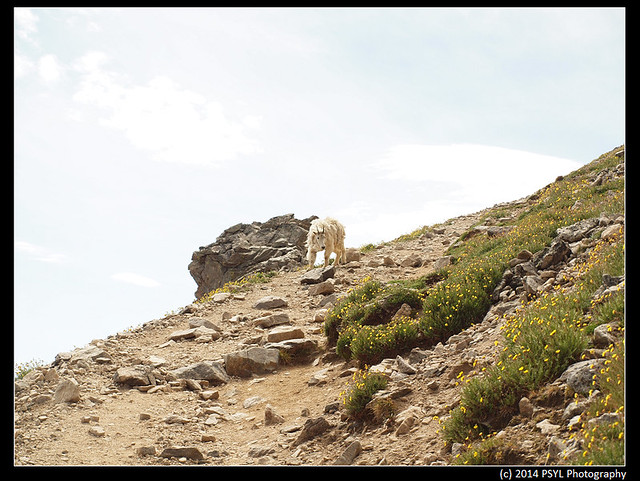
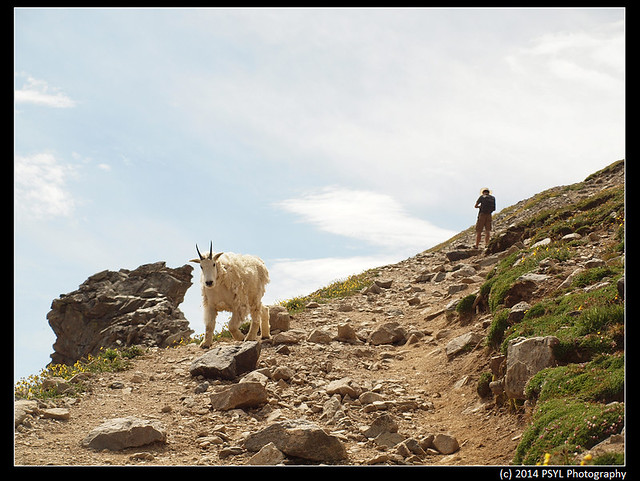
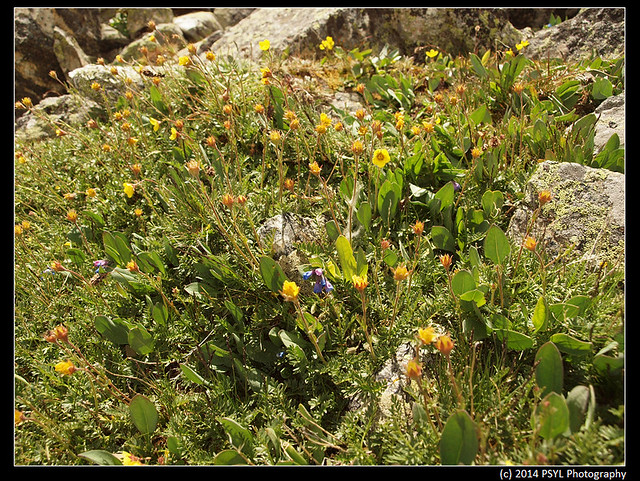
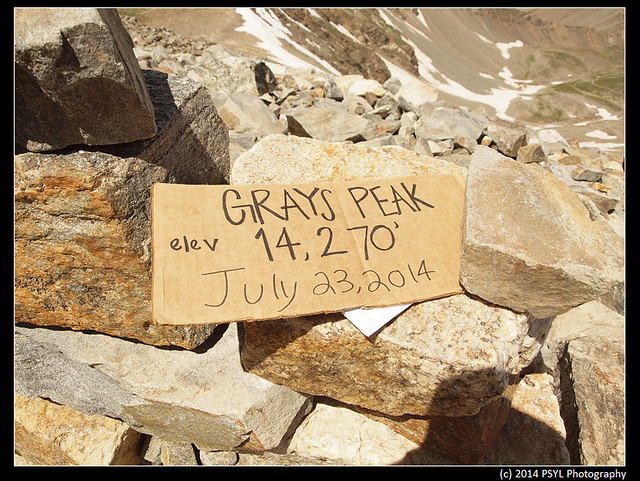
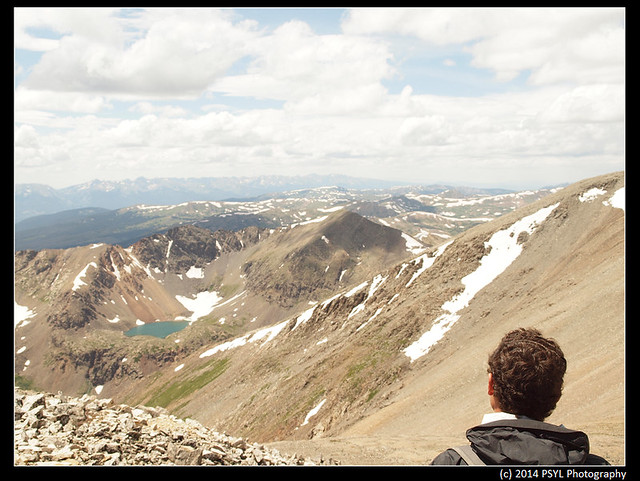




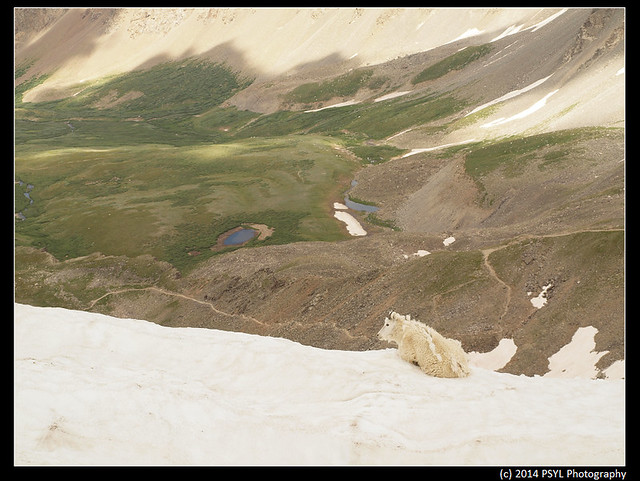
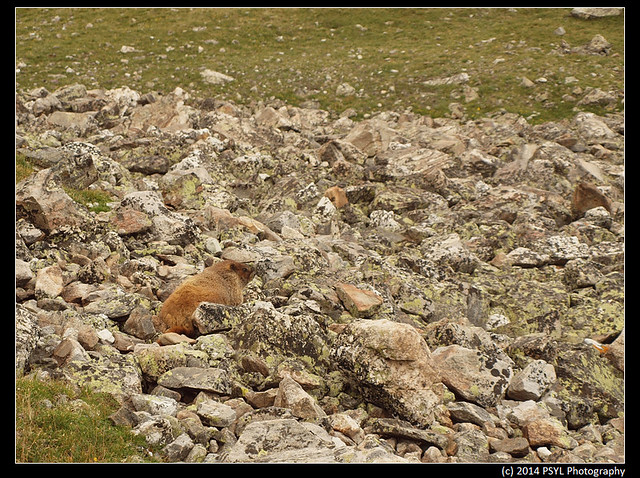
No comments:
Post a Comment